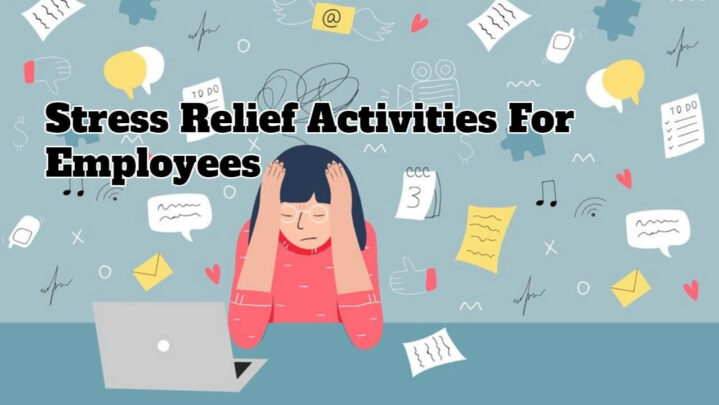Employee stress management approaches are methods for reducing the strain generated by the workplace environment. Dance parties, employee appreciation, and job rotations are some examples. These exercises aim to increase staff productivity and promote mental wellness. The correct employee stress management technique will help workers avoid distractions and focus on tasks.
Keeping employees’ stress levels minimal suits their mental health and job efficiency. Here is a collection of the top ideas for reducing employee stress in the office, ranging from remote working to team sports and setting realistic goals.
1. Employees Wellness – Promoting well-being is one of the most effective workplace stress-reduction initiatives. Inactivity among team members can decrease productivity and cause physical health problems such as back pain, leg discomfort, and headaches.
2. Work-Life Balance – You may start with a work-life balance corporate policy if you want a more productive, healthier, and happier staff. You may avoid working on weekends, working long hours, and staying up late. One of the most challenging employee stress management concepts is work-life balance. However, implementing this principle will likely increase productivity and create a happier team.
3. Remote Working – If your organization has a work-from-office policy, you may occasionally surprise your colleagues with remote working days. Remote working stress management is essential for team members who have a long journey to work each day.
4. Work Breaks – Work breaks are among the most effective workplace stress-reduction practices. For example, after completing a challenging project, you may allow employees to take an afternoon break or an entire day off. You may also urge each team member to take a break for tea or lunch and log off from work.





